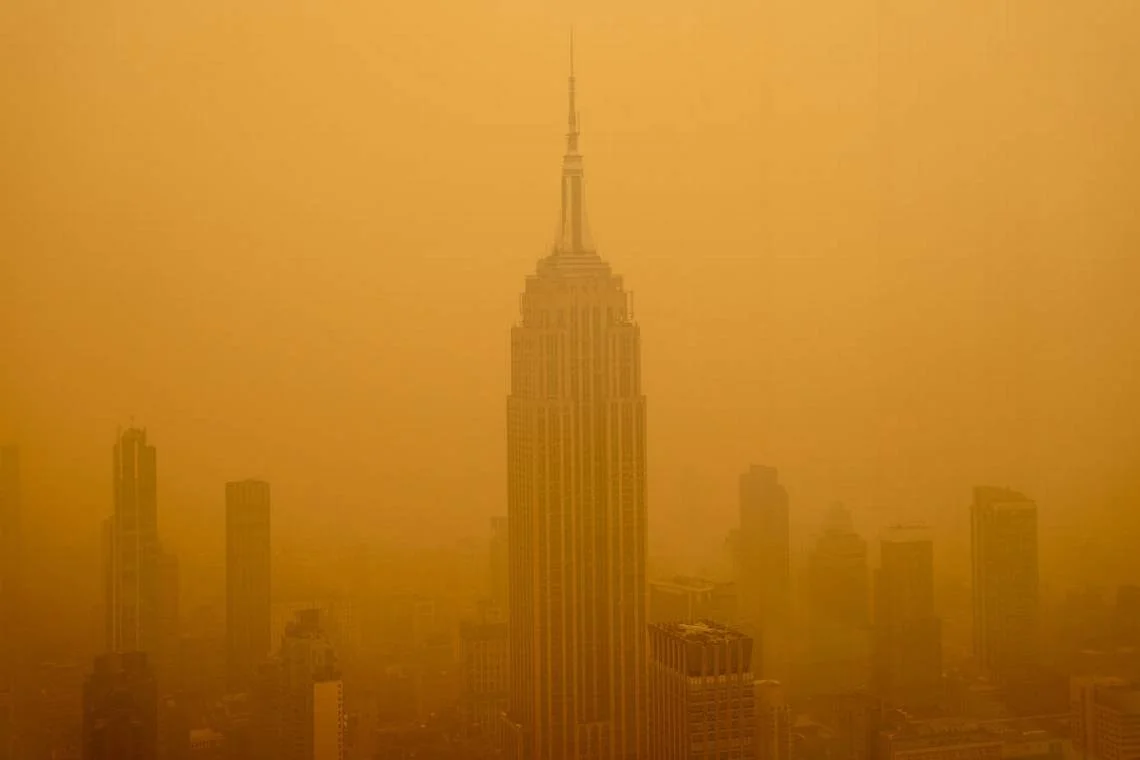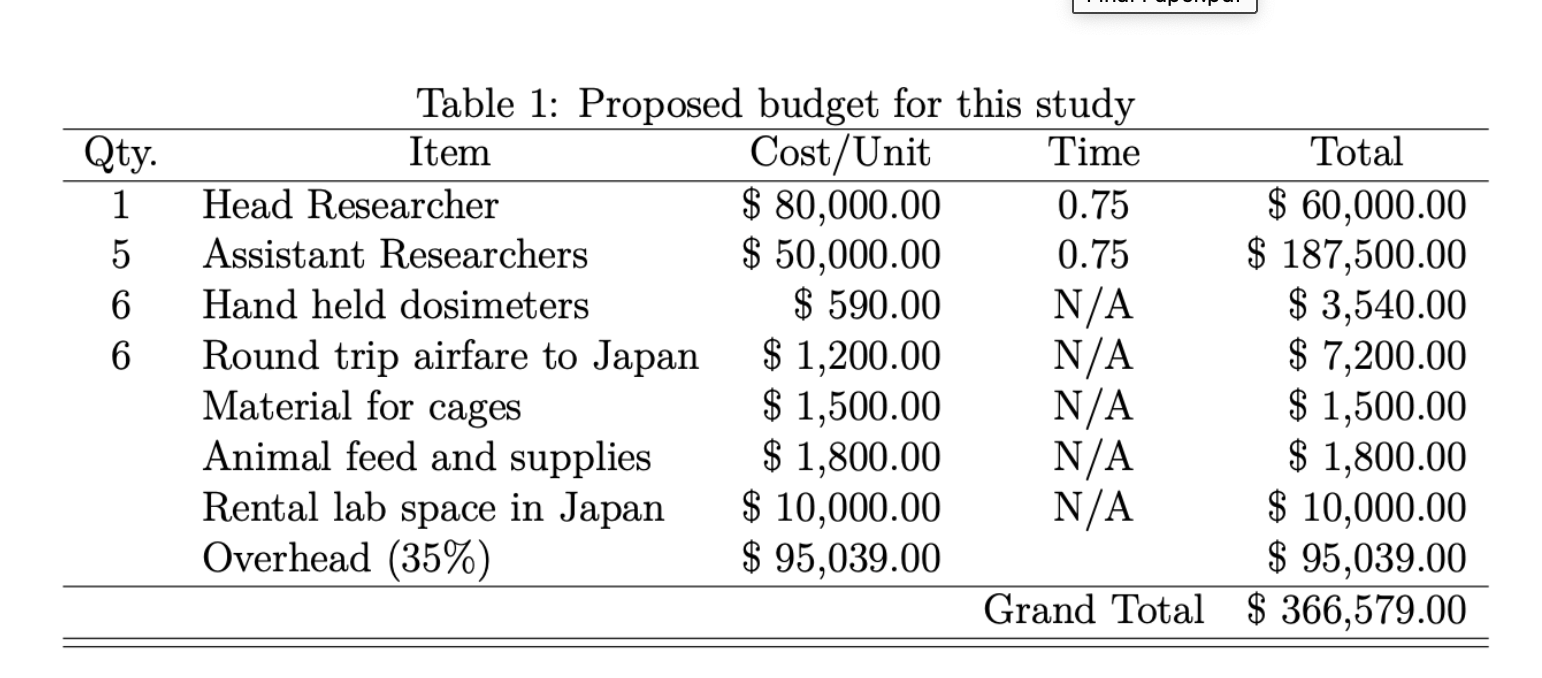Orange skies, obscured vistas, ravaging extremes of heat, health effects like asthma, stroke, and heat exhaustion: climate change is here, and tragically, impacts are only expected to get worse in coming years. These are the consequences predicted for decades by scientists epidemiologists, and healthcare practitioners, yet somehow it feels different now that looking out the window or venturing outside feels apocalyptic.
The Children’s Environmental Health Committee of the American Public Health Association’s Environment Section has been preparing education on the health impacts of climate change for years and has multiple resources to share with a focus on protecting and educating children. The safety of our children should be our utmost priority. Children are smaller, breathe in more air pollution proportional to their body weight, and have more years in which to endure health outcomes that have a long latency period, like cancer and cardiovascular disease. The committee has developed fact sheets on climate change, extreme heat, and wildfires. They have also designed a climate and health curriculum for high school students, based on a curriculum created by the National Institute for Environmental Health Sciences. Surveys show that although most educators do not teach about climate change, four out of five parents wish they did. Additional resources on climate change and health can be found at reputable sources like the EPA, the CDC, the WHO, the American Academy of Pediatrics, and the Lancet.
The mental health impacts on children should not be underestimated, and the bottom line seems to be that talking about crises and doing something tangible to address them are the best ways to counter psychological effects like PTSD, eco-anxiety, and solastalgia. Acknowledging the grim realities of climate change can be daunting – it is true – yet we cannot mitigate the effects, prepare ourselves to adapt, and support each other in remaining resilient without understanding what is happening.
What can you do? First and foremost, shield children from direct and indirect impacts of climate change. Check heat and air quality indices. While skies are hazy, keep children inside, have them wear an N95 or other high-quality mask when going out, reduce sources of indoor air pollution, and consider investing in a HEPA or do-it-yourself air purifier. When temperatures soar, limit exposures, stay hydrated, and know the symptoms of heat exhaustion. Even a few hours a day in air conditioning can help the body recover, so consider outdoor water activities, malls, movie theaters, or other indoor, air-conditioned activities. Second, take steps to reduce carbon footprints and advocate for sustainable policies. Vote the environment and support individuals and organizations working to mitigate climate change. Finally, celebrate Children’s Environmental Health Day October 12, a day we recognize children and all those who are doing their best to protect child health. Advocates across the country can request that their mayor proclaim the day and leverage the proclamation to protect children not only from the very obvious risks of climate change, but from all the environmental threats to children’s health. Regardless of our political differences, protecting our children should be a unifying cause that we can all rally behind.
Special thanks to members of the APHA CEH Committee of the Environment Section for their help and comments:
Steven Kelder, MPH, PhD
Carla Campbell, MD, MS
Patricia Lasley, MPH
Rebecca Larson, DrPH, MS, RD
Michelle del Rio, MPH, PhD
Chelsea Hicks, MPH
Marilyn Goss Haskell, BS, DVM, MPH
Leyla McCurdy, MPH
Kristie Trousdale, MPH













